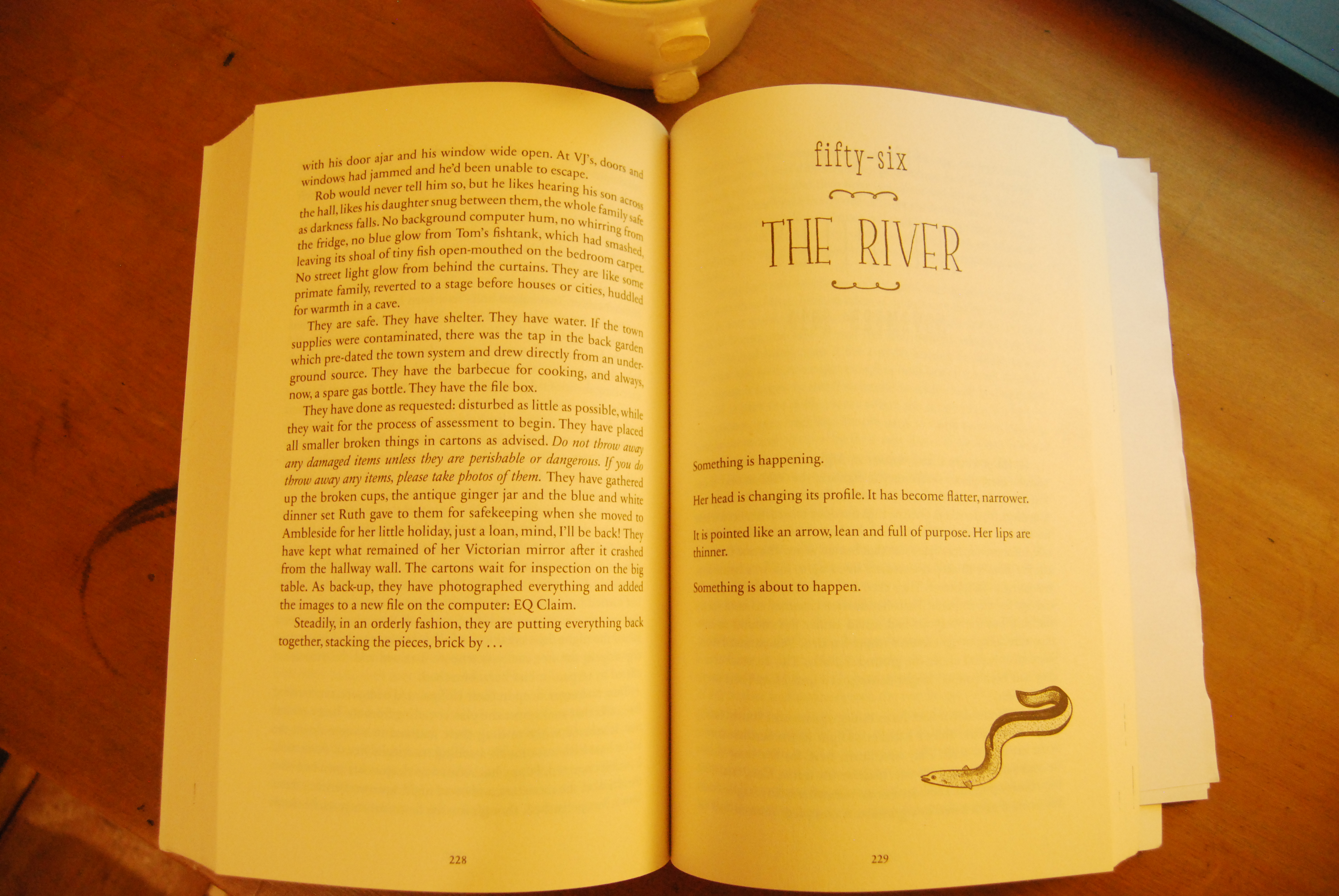"It had to be as beautiful as I could get it."
These were the words Fiona Farrell used on Tuesday night at the launch of her new book Decline and fall on Savage Street in order to describe her challenge of writing something big. This "big" is here now. It is complete. And it is a rich and endlessly rewarding read.
It consists of two parts: the nonfiction masterpiece, Villa at the edge of the empire, which explores Christchurch's initial build and after earthquake rebuild in a factual way and its twin fiction sister Decline and fall on Savage Street - the latter one just freshly released, still hot from the press, its cover beautifully alluring.
Even more alluring that evening were words: Fiona in an electrifying conversation with Liz Grant, reading abstracts from both books, convincing, charged, punchy slices of masterly crafted writing, seasoned with a refined sprinkle of wit. Organised by WORD Christchurch, the launch of the book was hosted in Christchurch Art Gallery and offered first glimpses in the imagined yet the entirely credible world, characters and events of a house on Savage Street.
But the house is more than just a setting, it grows into a structural device, it becomes the anchor of the novel - on narrative and formal level. It is the connecting point, a node, where stories of characters, who lived in the house, intersect. The idea for the form stems from the city and its shattering. The chapters work as separate stories and are like "little pieces of timber", shattered disconnected pieces, "100 fragments of human condition", as Liz described it. It is a salvage book.
It's not the house alone which connects and binds all these pieces, all these different voices. It is the river, with its own time, rhythm and a creature, that runs through the novel and weaves in more balanced and assuring antipode, which belongs to the natural realm.
It takes a lot of discipline and masterful, intelligent mind to shape each single piece in such a concentrated and sublime way Fiona did - every single word has its own place and the magnificent is revealed in delicate nuances. Material for rich and powerful stories was sourced from real life stories, talks with friends and random strangers at the petrol stations, newspapers, books. "There was an amazing openness, everyone was ready to talk," Fiona describes the post earthquake era, filled with stories.
Most often, the challenge of research and writing is rewarded with surprises: "Writing is constant discovery, it's a constancy of surprises. One of the pleasures of writing is finding connections, where you don't expect them."
And such is the reading of this book as well - full of surprises and pleasure.
"I wanted to write something big. I wanted to make it the best I could," concluded Fiona on Tuesday night. This book certainly is BIG and its greatness will grow with each single reading. Its sharp structure, complex characters, refined language and relevant political, social and environmental themes guarantee this work is destined to be a prize winner, but most of all, it deserves to be read over and over again by its readers.
Find out more:
- place a hold on Fiona's new book
- other books by Fiona Farrell
- check what's happening at the Shifting Points of view WORD Christchurch events in the Christchurch Arts Festival in September
- read an interview with Fiona






Add a comment to: Fiona Farrell: Writing big and the best in Decline and fall on Savage Street